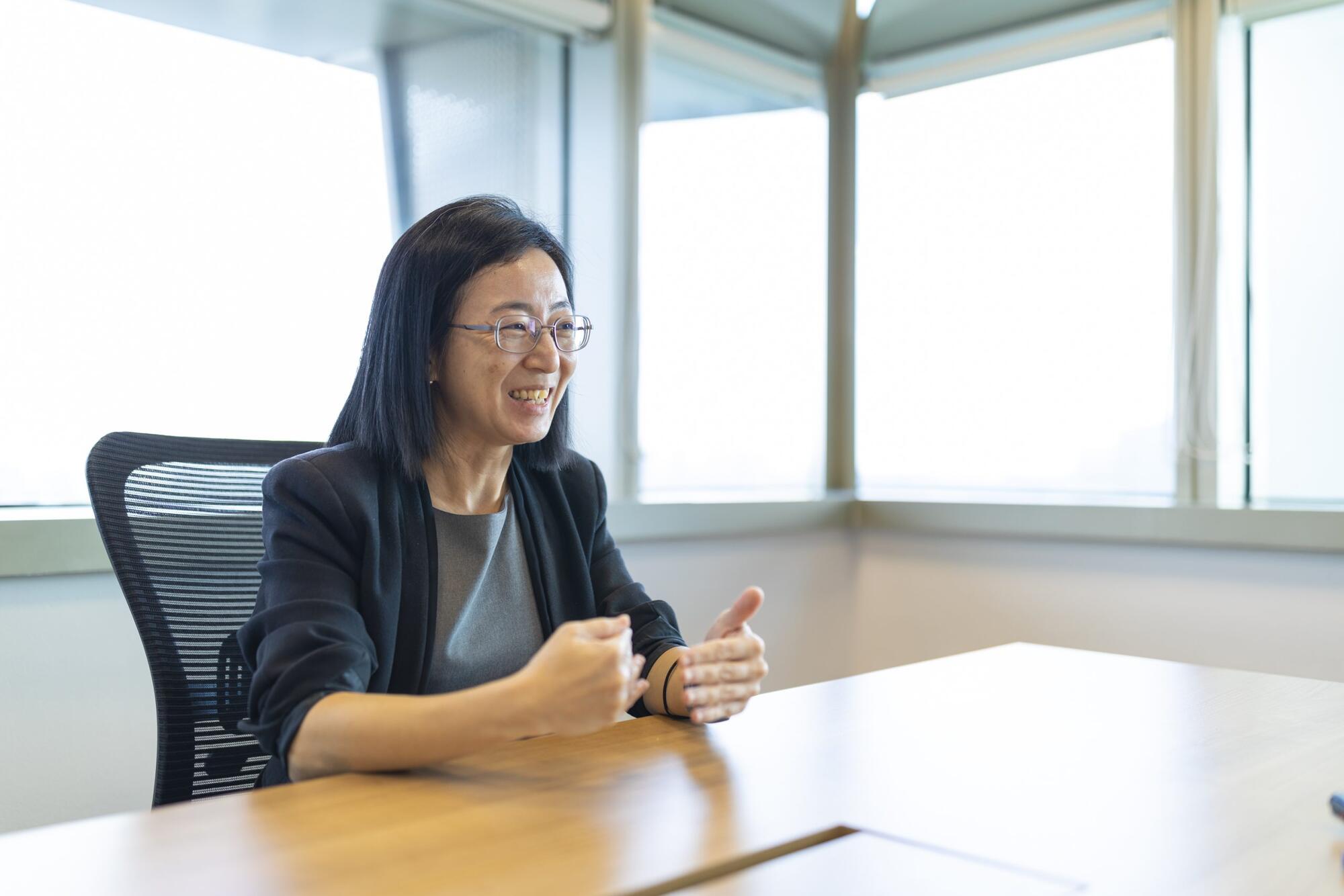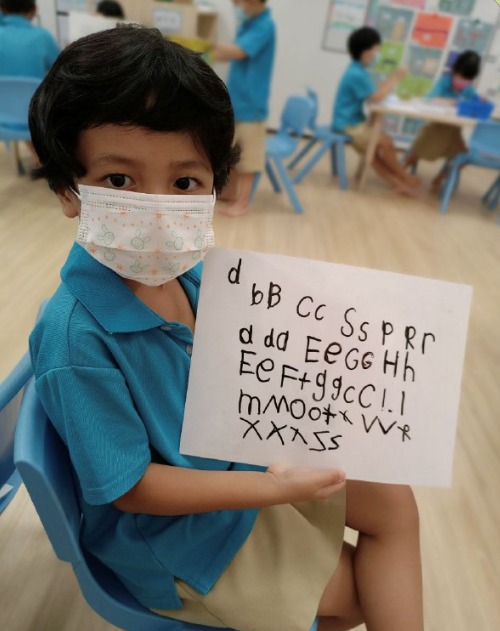Sharing the Music in Learning
14 Jul 2011
At Living Sanctuary Kindergarten and Ramakrishna Mission Sarada Kindergarten, you won’t hear teachers telling their pupils to tidy up the classroom, brush their teeth or wash their hands. Instead, the teachers will break into song, clap their hands or use a musical instrument to get the rhythm going and the kids singing.
With lyrics that provide step-by-step instructions on how to complete a task, the pupils actually put their actions into songs – such as wetting, soaping and rinsing their hands before drying them. Such “instructional” songs help children to imbibe good habits. As Ms Maria Alice Winata, Vice Principal of Ramakrishna Mission Sarada Kindergarten, explains, they also have the added advantages of “expanding children’s vocabulary and improving their understanding of certain concepts; singing is also a way to help them remember things.”
Mrs Elsie Tan-Chua Mui Hon, Principal of Living Sanctuary Kindergarten, shares a similar view and has actively included music in all the kindergarten classes at the school. She also often brings her guitar and violin into the classes she teaches.

Dr Helga Dietrich, an expert in the design of music activities for pre-primary school, was the forum speaker at the inaugural Kindergarten Music Symposium at end-May 2011.
“Music helps us to inculcate in our pupils physical, intellectual, emotional and social (PIES) skills,” Mrs Tan-Chua says. It’s also a great help in engaging pupils who have learning disorders. They can be taught to follow the actions (such as in an action song) or make movement as a transition from one task to another, These physical motions provide the necessary visual cues to focus the pupils’ attention.
In addition to the skills outlined by Mrs Tan-Chua, music can nurture a child’s imagination, spontaneity and inventiveness. “Music is like the sun, its rays can touch all areas of child development,” enthuses Mdm Chua Huay Wen, a Pre-school Education Officer at MOE.
Learning on the move
Some of the ideas being practised and developed by Ms Winata and Mrs Tan-Chua were shared at the inaugural Kindergarten Music Symposium, where the guest speaker was Dr Helga Dietrich, an expert in the design of music activities for pre-primary school education. She expounded the benefits of music in early childhood education and shared how music and movement have a role in the art of teaching. In total, 590 pre-school educators attended the symposium, comprising a mass lecture and four workshops, from 30 May to 9 June 2011.

About 430 pre-school educators attended the inaugural Kindergarten Music Symposium, eager to new ways of using music to develop a child.
Mrs Tan-Chua says that she used to tap on music to teach a specific skill such as numeracy or literacy. Now she uses the same piece of music to simultaneously teach a variety of skills. The school has also started composing its own songs, beginning with putting new lyrics to familiar tunes.
Ms Winata notes that children learn better with many short songs, as opposed to a long and complex song where they may struggle to recall the lyrics. But even though the songs may be short, the activities must be “engaging and meaningful”; “repetitive singing with different games and activities will attract the children’s interest and optimise learning,” she says. Music activities also lower children’s feelings of inhibition, and she has seen the shyest pupils sing or move as enthusiastically as the rest.

Even simple plastic toys can be used to teach rhythm and tempo, as shown in a Living Sanctuary Kindergarten nursery class in session.
At Ramakrishna Mission Sarada Kindergarten, children are taught songs that relate to the theme for that school term. The school also introduces songs in foreign languages – such as Japanese, Indonesian and some European languages – because the children “enjoy the uniqueness of alien words” and put in extra effort to learn the songs. These efforts enhance the teaching of intangible qualities such as discipline and focus, and demonstrate the reward for hard work when a child finally masters a foreign language song.
No such thing as “too early”
There is no ideal age at which to introduce a musical environment at home or in school, but it seems that the earlier a child is exposed to music, the better it is. MOE’s Mdm Chua cites research which shows that prenatal musical experiences can accelerate a child’s development. After having had musical experiences from the third trimester of the mother’s pregnancy, the newborn is remarkably attentive, shows better gross and fine motor skills, and can accurately imitate sounds made by the parents. “It is never too early to begin musical experiences!” says Mdm Chua. Recent studies also corroborate the long-held belief that music-making aids the development of speech, enhances social skills and intellectual development.
Parents can play a part to create a conducive music environment at home. “Singing to a young child and personal interaction are ideal ways to awaken a child’s musical interest,” says Mdm Chua. Other activities include: singing and chanting using songs and rhymes; imitating the sounds a child makes; repeating the same songs frequently and encouraging “made-up” songs; doing finger-plays, action songs and easy singing games; and exploring different sound sources with the child using the voice, the body, instruments and the environment, and even pots and pans.
The more fun the activity is, the more engaged and interested the child will be. So instead of a cheery “good morning”, parents can engage the child with different music activities. From singing a funny song, to thinking up a new verse or lyrics, there are plenty of musical variations parents and teachers can try to stimulate a child’s imagination.





.jpg)
.jpg)
.jpg)